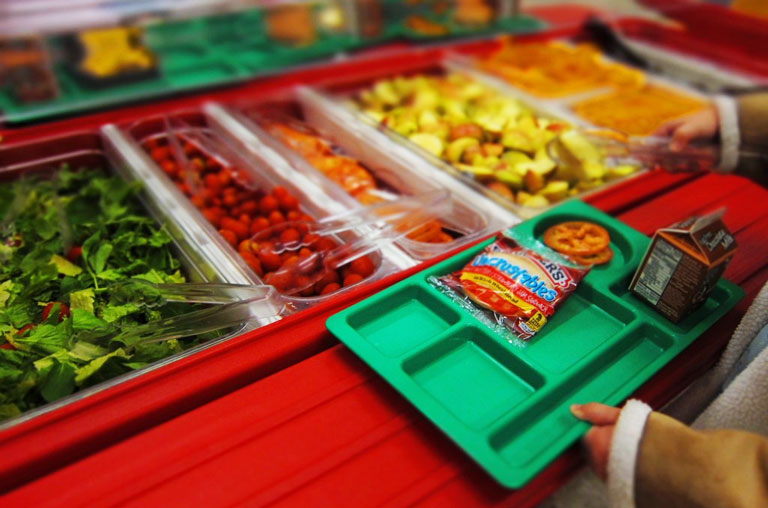Overwhelmed with donations of unusable clothing, local shelters are forming a new partnership called DonateSmart- DC to educate donors on what is actually needed.
Shelters often throw away up to half of the garments that are donated because they are torn or soiled. While canned goods might seem like a good donation to a person cleaning out his or her pantry, some organizations have no way of using such a gift.
And the sheer act of managing the donations can become a burden.
“Too many organizations suffer from having to spend precious staff time sorting, trashing and finding ways to recycle unwanted or unneeded dona- tions while that time should be spent with guests in the various programs,” said Jen Dean of Miriam’s Kitchen. “Most organizations don’t have vehicles or staff able to redistribute unwanted donations, so things often have to be thrown away while they could be used efficiently somewhere else.”
While most programs have lists of the types of donations they are seeking, many donors do not seem
to consult the lists, said Dean.
The seeds of the DonateSmart campaign began to germinate during the 2010 winter holiday season when N Street Village’s Anne Steeves became frustrated with the type of donations her shelter received. The women’s shelter had no need for the men’s underwear, furniture or mattresses that were often delivered.
Along with N Street Village, an informal coalition of organizations including Martha’s Table, Bread for the City, Miriam’s Kitchen, Thrive DC, Racheael’s Women’s Center and Bright Beginnings got together to organize a campaign designed to harness the charitable impulses of donors and educate them on how to give appropriately.
The DonateSmart campaign will get its official launch on April 15. A new website, donatesmartdc.wordpress.com, spells out the factors that donors should consider before giving.
“Not all organizations have the same needs or donation policies,” says the site. “Researching these
organizations is very important before deciding where to make your contribution. Hasty donations are a burden to staff who must find ways to use items their clients don’t need or can’t use. By being a smart donor, you are helping each organization meet the most urgent needs by giving items that will go directly to the clients they serve.”
The campaign targets both returning and new donors in the D.C. area, including the many families that have been downsizing in response to the recession. “As the economy has hit hard in homes across the country, people have seemed to want to give more of their time, means and items more than ever,” Dean said. “But to make every one’s effort worth everything, donating smart, efficiently and knowledgeably is more important than ever. We need everyone to make sure they are donating the right items to the right places.”
The coalition is comprised of service-oriented organizations that want to focus on their clients. Both Steeves and Dean believe that if donations are given according to the parameters outlined in the campaign, the organizations will be able to efficiently help their residents and not be distracted by sorting through gifts that will be of no use to a particular shelter.
“There’s such a spirit of giving in D.C.,” Steeves said. “We want donations to be utilized and for donors to feel confident their things are given a second life.”













